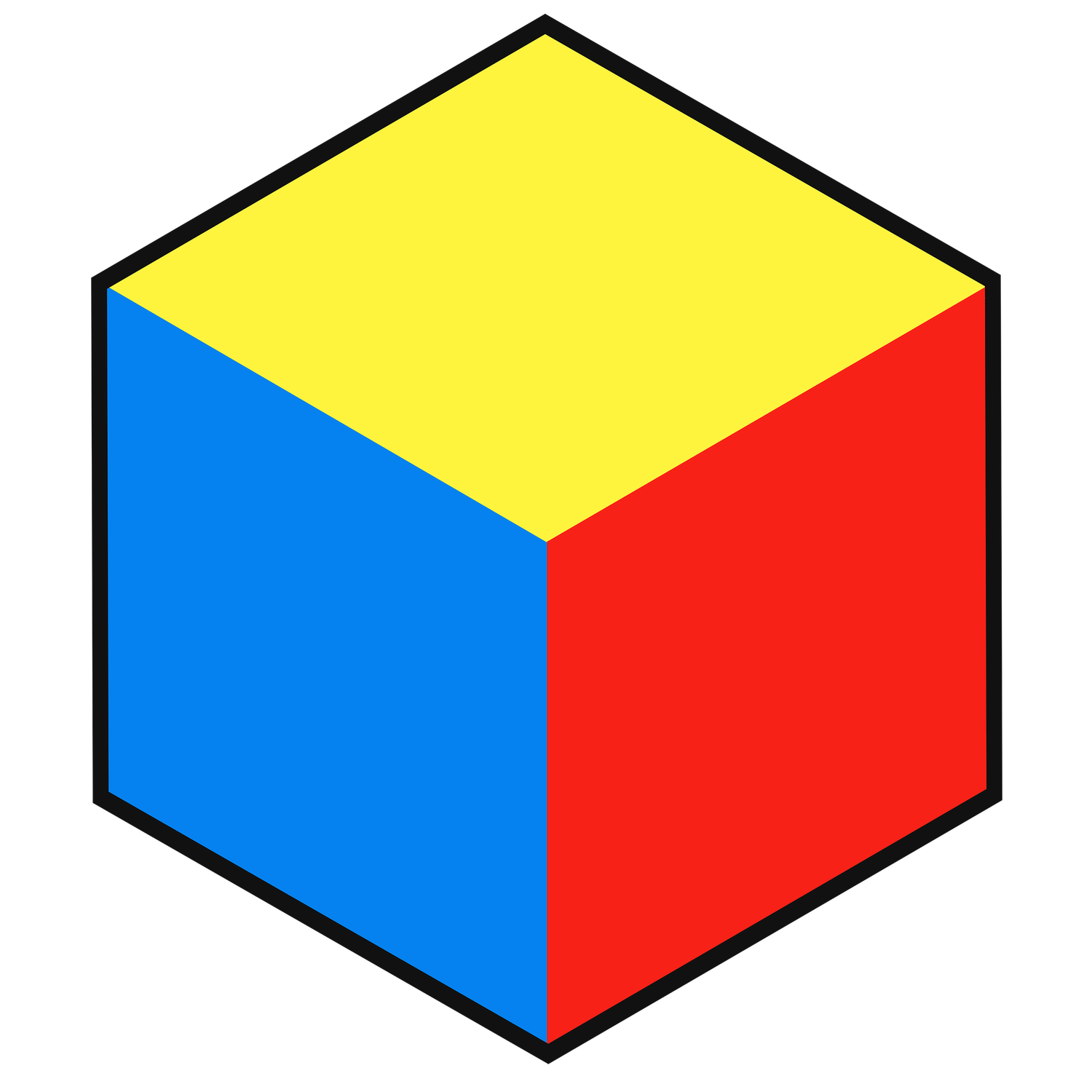Letter Science B
Today, we're diving deep into the science behind the letter B. Whether you’re working on handstyles, throwies, or full-on pieces, this graffiti tutorial will break down the letter B's structure in a way that's simple to follow and apply across all your graffiti work.
Understanding the Basic Structure of the Letter B
When you're learning graffiti, it’s important to start with basic letter structures. For the letter B, you begin with a strong vertical stem. From there, you add a bowl on the top half and another bowl on the lower half, both connecting back to the stem around the mean line.
These bowls form closed counters, which play a huge role in defining the B’s visual style. Adjusting where these bowls connect can change the entire feel of your graffiti letter. For example:
Connecting the bowl higher on the stem creates a more bottom-heavy B and can make some variants of B appear more sturdy
Connecting the bowl lower makes the B top-heavy, giving it a potentially more dynamic appearance.
These small tweaks are foundational when you're trying to learn graffiti lettering and bring your own style into the mix.
Be careful with how large you make your bowls, you want the m to be proportionate in scale to the stem so that the stem can actually support the weight of the bowl. If you make the bowls too large, then your letter will look weak and flimsy, while also having an abundance of weight.
Exploring Variant Structures for More Style
See a Full list of variant structures here!
Once you master the basic structure, you can move into variant structures. Different B styles — like triangular or square-topped versions — can completely change how your graffiti piece feels. Playing with negative space inside and outside the letter can add stability or dynamism to your work.
Mastering Lowercase B's in Graffiti
In graffiti writing, lowercase B’s bring a unique challenge. The bowl of a lowercase B often connects differently compared to the uppercase version, providing more flexibility and style opportunities. Some key tips:
Detached bowls offer more freedom for creative positioning.
Slimmer proportions help with tighter graffiti compositions.
Leaning the letter (especially to the left) can create interesting dynamic effects without losing balance.
Remember: playing with letter tilt and negative space can help your tags, throwies, and pieces feel much more alive.
Creating a Throwie B: Speed and Style
Throwies are all about quick execution without sacrificing style. For the letter B in a throwie:
Stick to simple, rounded shapes for speed.
Suggest the closed counters instead of fully drawing them.
Extrude or tilt parts of the letter to add style in a simple way that doesn’t get in the way of the fundamentals.
Even slight modifications, like curving the stem or leaning the bowls, can take your throwie from basic to bold. Practicing throwie versions of your letters also helps you understand what’s possible in your handstyles and pieces.
Building B's in Full Graffiti Pieces
When it's time to piece, the B offers tons of style potential. Here's the process:
Start with a clean stem from cap line to baseline.
Connect bowls at calculated vertices to maintain structure.
Vary the trajectories to introduce stylistic flair.
Adjust bowl size and negative space for better flow and balance.
By understanding how the basic graffiti letter anatomy works, you gain the freedom to bend, stretch, and warp your letters creatively — all while keeping them readable and stylish.
Want to Take Your Graffiti to the Next Level?
If you’re serious about learning how to make graffiti for beginners and developing your style, check out our Ultimate Graffiti Guide Book. It’s the only book on the market that teaches graffiti fundamentals in immense detail, walking you through the process of creating your own unique style.

